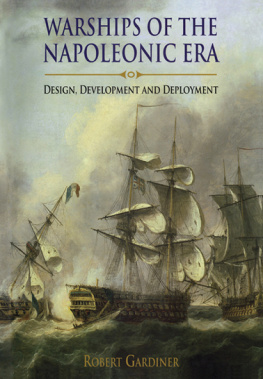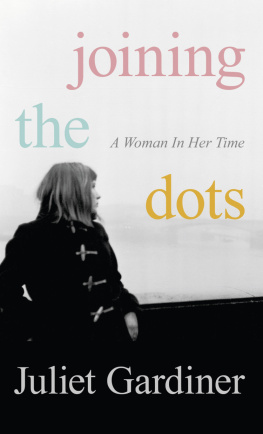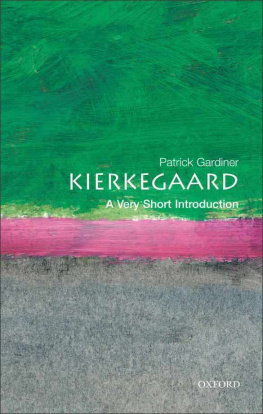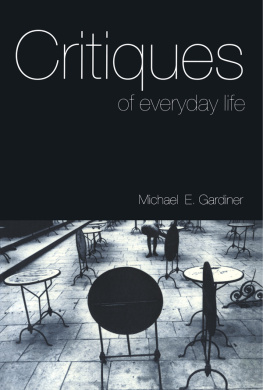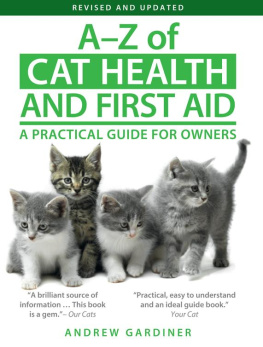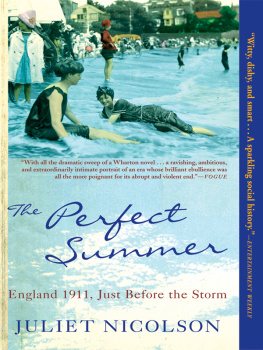There will be time to audit
The accounts later, there will be sunlight later
And the equation will come out at last.
Louis MacNeice, Autumn Journal (1939)
The thirties is a statement as well as a decade. And it is one that is frequently heard today, because while those years are gradually slipping from our grasp, what they have come to represent is ever more present: confusion, financial crises, rising unemployment, scepticism about politicians, questions about the proper reach of Britains role in the world.
Famously, to W.H. Auden, sitting on a bar stool in one of the dives on Fifty-Second Street in New York in September 1939, the thirties were a low, dishonest decade. Looking back later, others followed him, labelling it the devils decade, a dark tunnel, the locust years, a morbid age, a time tainted by the dolorous spectres of intractable unemployment, the Means Test and appeasement, that ended inexorably in the most terrible war the world has ever known. But others claimed that this was a partial picture. It ignored those areas of Britain largely unaffected by the Great Depression, where the symbols of prosperity were the growth of home ownership, new light industries, a consumer society evidenced by rapidly multiplying acres of suburban semis, the hope of a Baby Austin in the garage, a branch of Woolworths in every town, roadhouses on every arterial road, lidos, cinemas, paid holidays, dance halls, greyhound racing, football pools, plate glass, the modernist and the moderne. In sum, J.B. Priestleys new third England to set alongside two old Englands one byways England, slow, rural and benign, the other harsh, ugly and industrial.
There aint no universals in this mans town, wrote Louis MacNeice in 1939. This book recognises the claims of all of these Englands (or rather Britains) to tell the story of the thirties. Its aim is to explore all three, to uncover the intimate history of what it was like to live through the decade. It is not one story; it is not three stories: it is hundreds of interwoven stories, from that of the Prime Minister(s) to a discontented North London schoolteacher, from three Kings to one rather anxious Oxford vicars wife, from the economist J.M. Keynes and the novelist Virginia Woolf to the intermittently unemployed gardener Frank Forster and the astute Hull journalist Cyril Dunn. Lives, events, aspirations, plans and the tireless search for solutions by people who felt that after the trauma of the First World War it must be possible to reorder society better, and those for whom this disastrously failed. All fitting into a panorama of Britain in the thirties, a decade that haunts us today with the magnitude of its problems, the paucity of its solutions, the dreadfulness of its ending, while snaring us with the boldness of its political and social experiments, the earnestness of its blueprints, the yearnings of its young, and the sheer glamour of its design, art, architecture, fashion, dream palaces, dance halls, and obsession with speed.
The story begins on the last day of 1929; it has no conclusion other than the outbreak of the Second World War on 3 September 1939, which, while not formally ending the decade, definitively foreclosed thirties Britain.
Juliet Gardiner
November 2009
Translating the value of money is fraught with difficulties. As Adam Smith wrote in The Wealth of Nations (1776): The real price of every thing, what every thing really costs to the man who wants to acquire it, is the toil and trouble of acquiring it but it is not that by which their value is estimated Every commodity is more frequently exchanged for, and thereby compared with other commodities.
www.measuringworth.com/ukcompare suggests that there are five indices that can be used to compare monetary values in different eras. I have generally chosen the lowest (the retail price index), which multiplies a sum by roughly fifty so that 100 in the 1930s would equal almost 5,000 today. But perhaps a more useful guide is to remember that in 1935 a working man would earn between 3 and 4 a week, and that an average semidetached suburban house would have cost between 500 and 750.
PART ONE
How it was Then
PROLOGUE
The Eve of the Decade
Wi ye nae git out fra under ma feet, seven-year-old Robert Popes mother, wielding a mop and a bucket, scolded as she shooed him out of the house. The string bag full of jam jars he was clutching banged against his shins as he ran along Maxwell Street in Paisley to meet his friends. It was Hogmanay, the last day of the year 1929: the day that Scottish housewives busied themselves redding (readying) their homes in a frenzy of mopping, sweeping, scrubbing, polishing, dusting, all to make sure that they were as clean as the proverbial new pin to welcome the New Year in through the front door as the Old Year slipped out by the back. The tallyman should have been paid off too, and any goods on tick settled, since it was considered bad luck to start the New Year in debt. But that wouldnt be so easy.
By midday a queue of almost a thousand children, some clutching the hands of smaller siblings, others with bairns little more than babies in their arms, were waiting outside the Glen cinema in the centre of town. Admission was a penny for the stalls, tuppence for the balcony, and those children whose fathers were maybe out of work, or had been killed in the Great War that had ended just over a decade earlier, and whose mothers hadnt been able to spare the necessary coins, had scoured their tenement homes for empty bottles or jam jars to take back to the shop with the promise that the returned deposit could be used for the cinema.
The Glen, with its ornate faade and stained-glass windows, was one of six cinemas in Paisley, a town lying in Glasgows southern shadow. If cinema-going was popular with adults and it was, with some eighteen to nineteen million attendances every week in the 1930s it was even more so for children. And if that was true of the South, it was more so in the North: in 1933 it was reported that seven out of ten children in Edinburgh went to the pictures at least once a week, most to the special Saturday-afternoon shows that cinema managers laid on for children, filling the seats by showing usually old films at cheap prices. Most children spend longer at the cinema than they do at many school subjects, wrote Richard Ford, who organised cinema clubs for children for the Odeon cinema chain, and reckoned that by 1939 some 4,600,000 children went to the cinema every week all over Britain.
In Paisley the Glen had started life as accommodation for a crypto-Masonic sect called the Good Templars, a temperance movement founded in 1850 to encourage moderation in, or preferably total abstinence from, the consumption of alcohol. As an encouragement to the sober life, the Templars organised various non-alcoholic entertainments, including tea concerts which were held on Saturday afternoons and were known as Bursts, since those attending were handed a paper bag containing an apple and an orange and at some point were encouraged to blow up their paper bags and burst them simultaneously. In homage to this innocent way of passing a dull afternoon, those watching silent films once the Glen had been converted into a cinema in 1910 (since lack of enthusiasm for temperance had by then reduced the Templars to holding their meetings in the basement) would burst a paper bag at appropriate moments in a film, such as a gunshot; and even when the introduction of the talkies in the late 1920s rendered this unnecessary, there were children who were gamely prepared to uphold the tradition.
Over a thousand children were packed into the Glen that Hogmanay afternoon. Most found seats, but the cinema could accommodate an additional 140 standing in the gangways both downstairs and in the more expensive balcony, where children were not allowed, though some slipped in regardless. The main feature was a silent film,



